Sometimes you need to freshen the air in your home, but it's too cold to crack a window. Improve your home's indoor air quality naturally with these 12 tips.
12 Natural Ways to Improve Indoor Air Quality

Improve Indoor Air Quality: Take Off Your Shoes and Boots
Who knows what’s on the bottom of your shoes, so be sure everyone removes shoes when coming at the home. Use a boot tray or shoe rack to collect dirt, pesticides and other pollutants from making their way into your home.
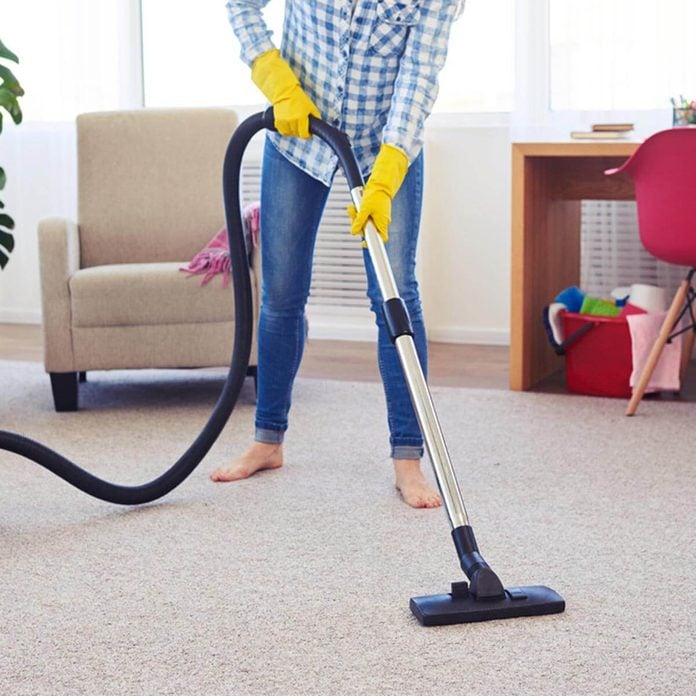
Improve Indoor Air Quality: Keep Floors Clean
Allergens can accumulate on your floors, especially if you have rugs or carpeting. Use a vacuum with a HEPA filter to reduce harmful pollutants and regularly mop hardwood, tile and vinyl floors.
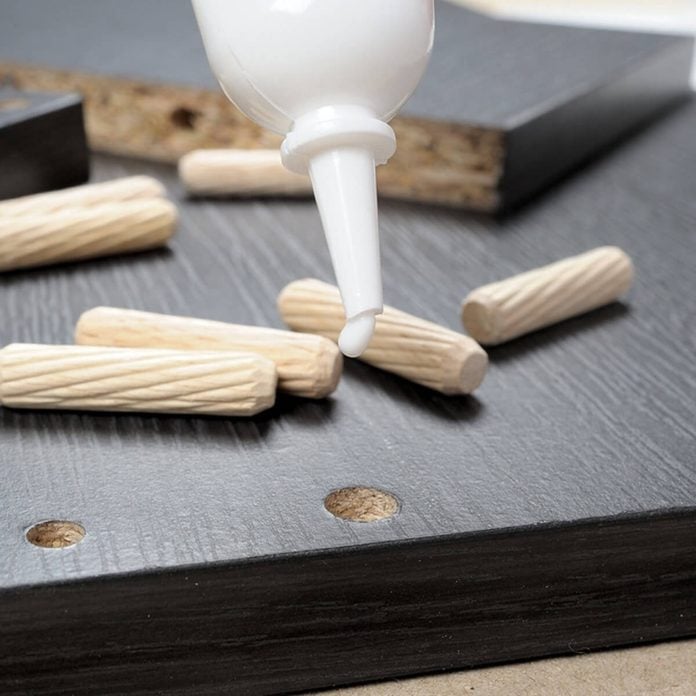
Improve Indoor Air Quality: Check Your Furniture
Some of your furniture may be made with toxic glues that can contain harmful chemicals. In addition, finishing products such as lacquers and varnishes may cause problems with some people with allergies and asthma. Avoid furniture made with woods that have been treated with formaldehyde and put together with toxic glues.
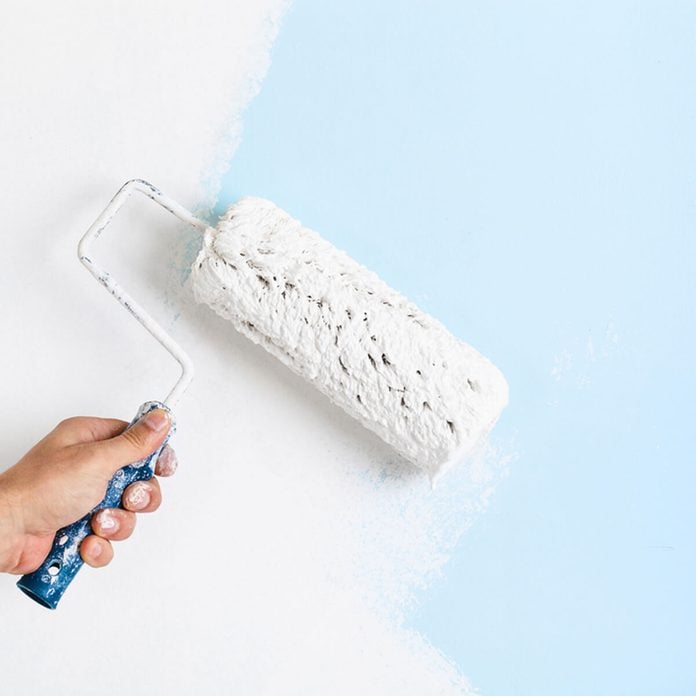
Improve Indoor Air Quality: Reconsider Your Paint
There are some paints on the market that may cause you to feel faint or dizzy due to the fumes. Look for paints that are labeled “Zero VOC” or “Low VOC” to cut down on harmful chemicals.
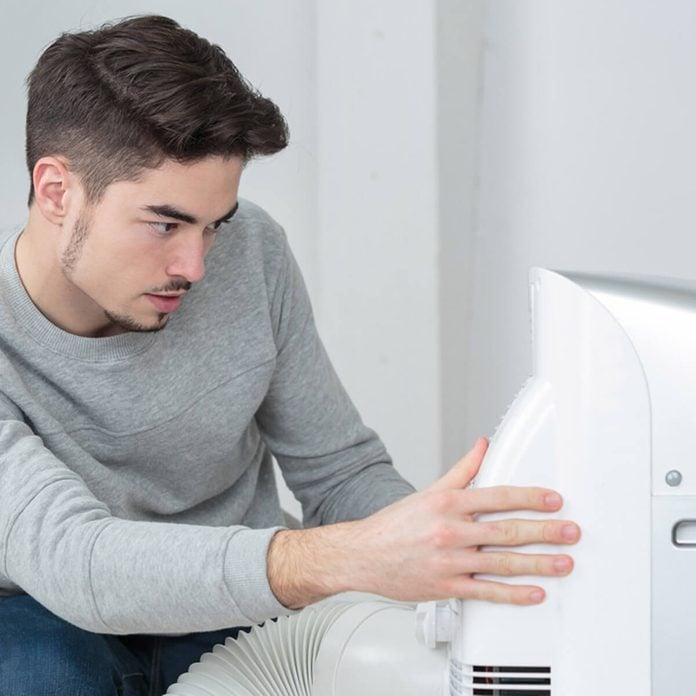
Improve Indoor Air Quality: Add Humidity, But Not Too Much
Keep your home’s humidity at the right level, around 30 to 50 percent. This will help keep indoor allergens under control. Use a dehumidifier if needed, especially during the summer months to cut down humidity levels.

Improve Indoor Air Quality: No Smoking
It may seem obvious, but don’t allow guests to smoke in your home. Secondhand smoke not only causes odors, but increases the chance for developing asthma and cancer, among other health risks. If your guests do smoke, have them take a break outside.

Improve Indoor Air Quality: Go Fragrance Free
Fragrances found in many cleaning products can impact those with asthma and allergies. Look for fragrance-free products, including laundry soap and kitchen and bathroom cleaners. Try using natural cleaners such as lemon and baking soda to make your home sparkle.
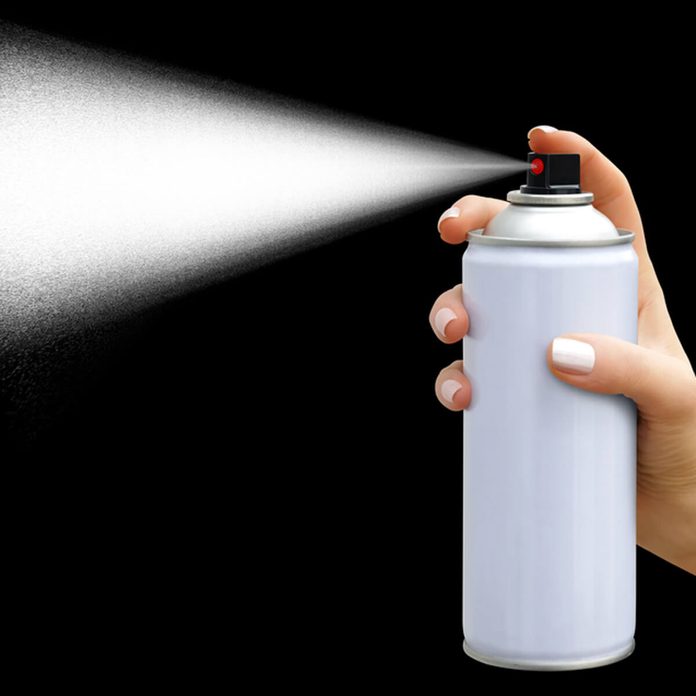
Improve Indoor Air Quality: Cut Out Aerosol Sprays
Aerosol sprays can release harmful chemicals into the air. Instead, opt for non-aerosol versions of hair sprays, deodorants, furniture polishes and air fresheners. Take projects that involve spray painting outside.

Improve Indoor Air Quality: Add Plants
Plants not only add some color to the room, they act as natural air purifiers. Depending on your space, there are plants that thrive in sunlight and those that need little light and hardly any maintenance. Add a spider plant or a terrarium to not only brighten up your space, but help clear the air.

Improve Indoor Air Quality: Try Beeswax Candles
Candles help a space feel cozy, but many candles contain paraffin which is made from petroleum and can impact your home’s air quality. Instead, try beeswax candles which emit almost no smoke so they are great options for those with allergies and asthma.

Improve Indoor Air Quality: Test for Radon
Radon is an odorless gas that can raise the risk of lung cancer. The colorless gas can be found in nearly all soil types and moves up through the ground and into your home through the foundation. Have your home tested for radon as any home (no matter what its age) can have a high levels of radon.
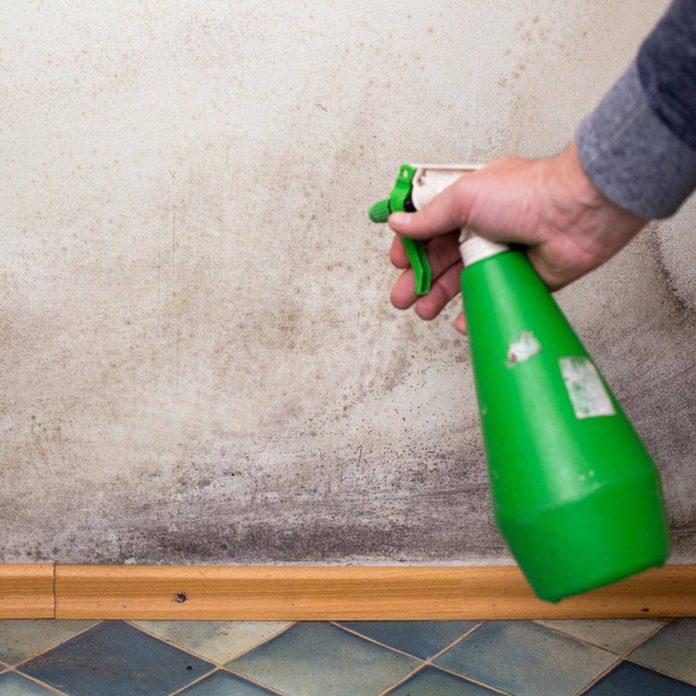
Improve Indoor Air Quality: Tackle Mold and Mildew
Mold and mildew can lead to air quality problems, especially for those with breathing issues. Reduce the chance for mold by fixing any leaking plumbing and emptying drip trays for both your dehumidifier and your window air conditioner.
Also, learn about bathroom exhaust fans for levelling up your bathroom ventilation game!




















